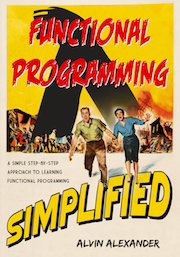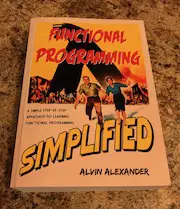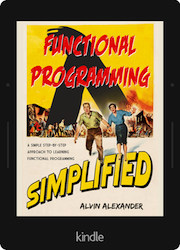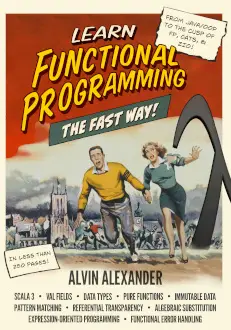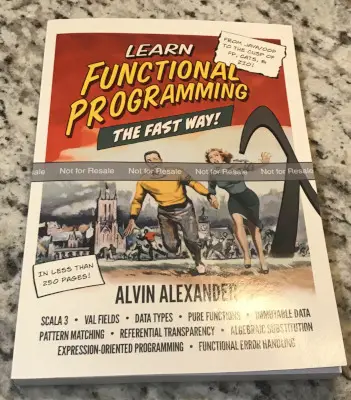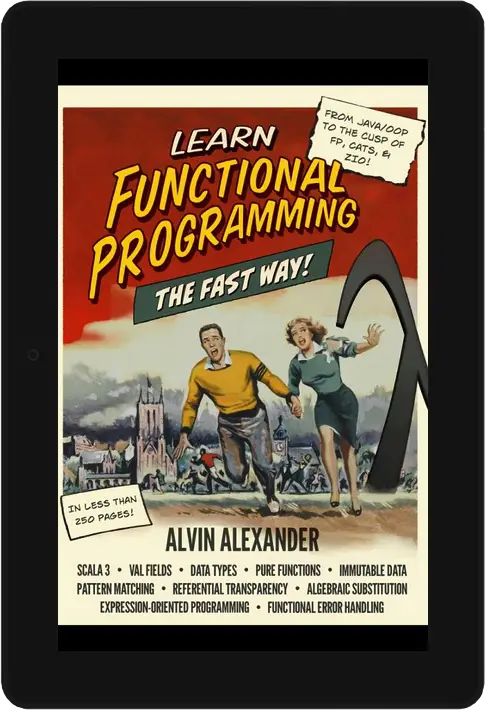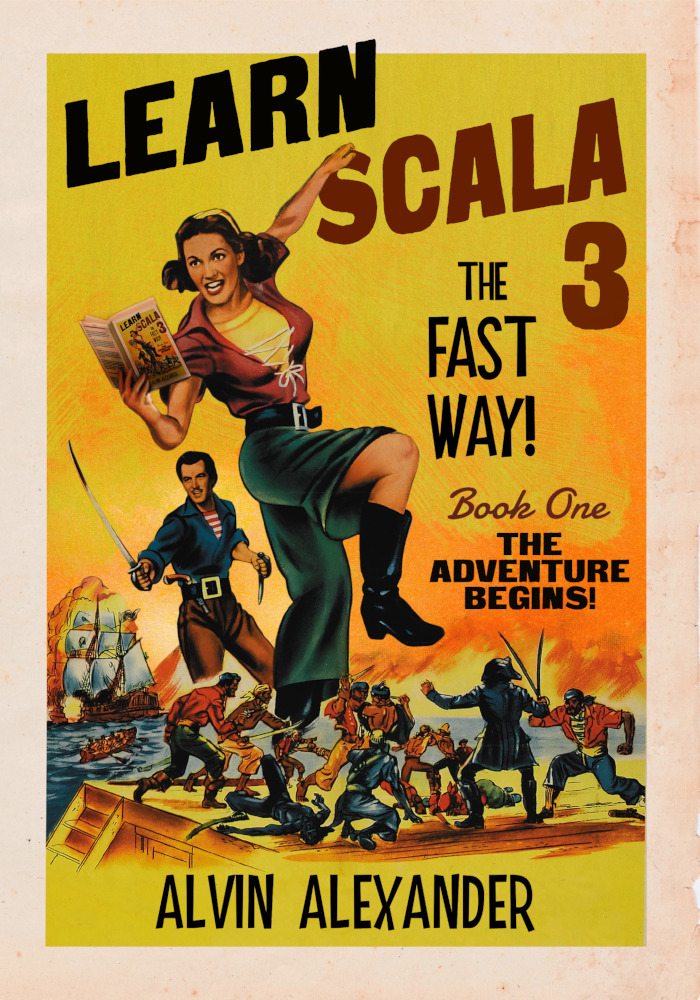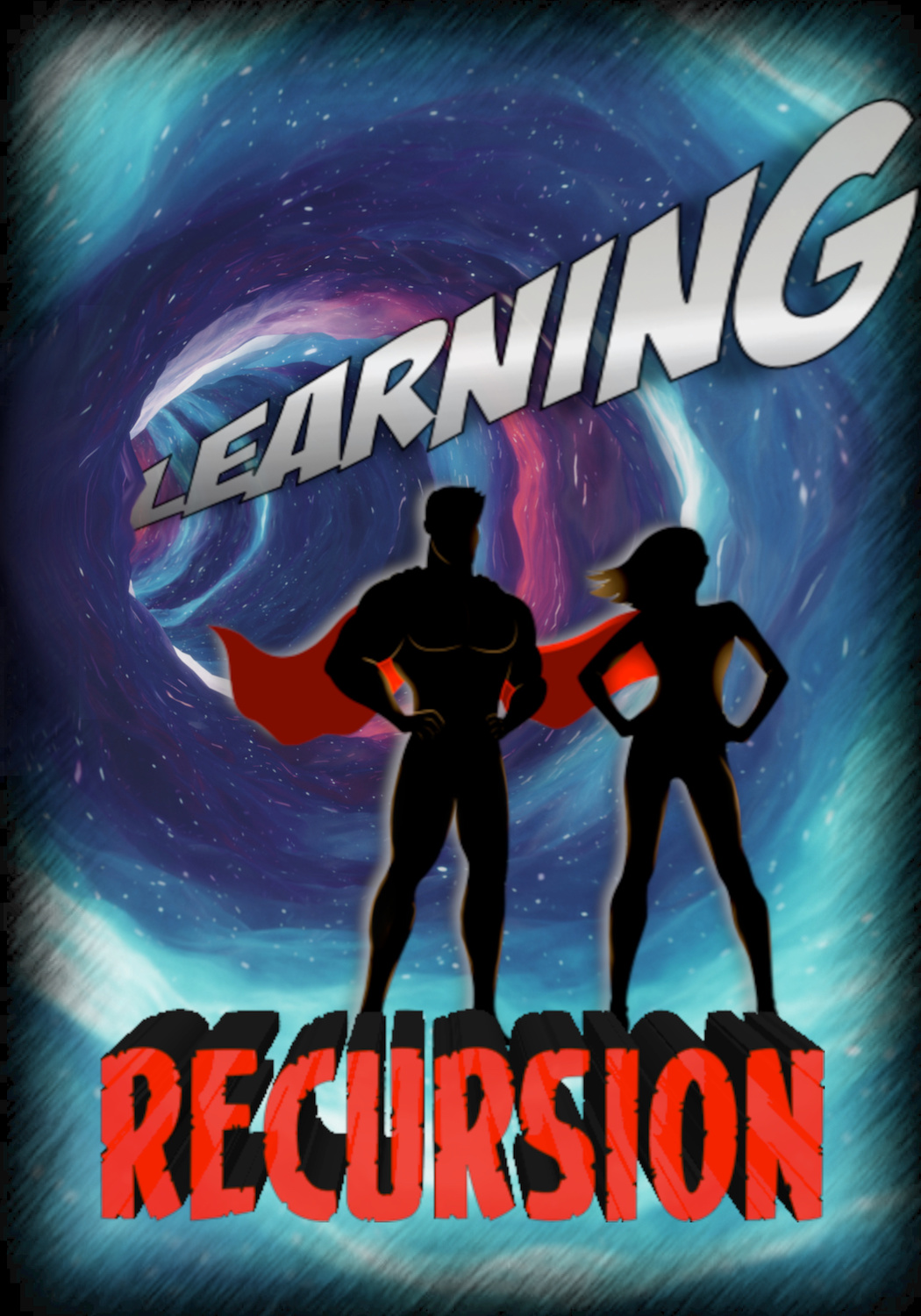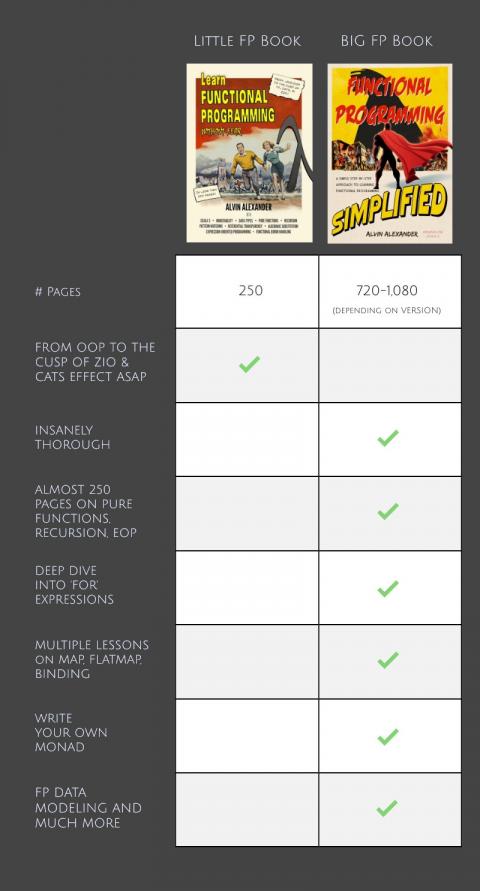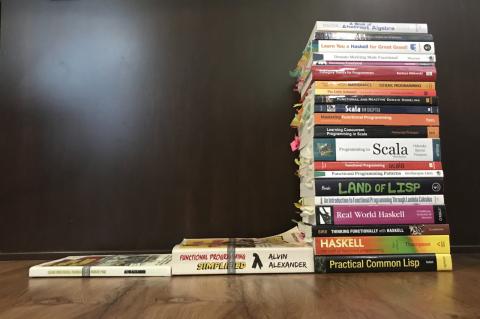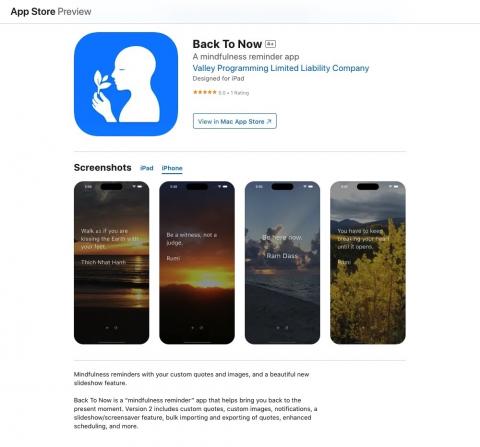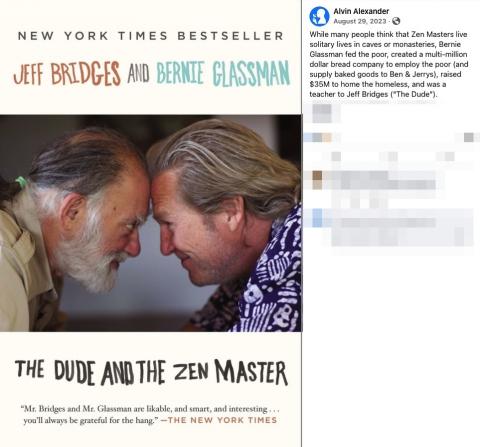I haven’t interviewed for a job in many years, and yesterday I had my first interview in 14 years. I thought I could just pick up where I left off many years ago without any practice, but boy was I wrong.
I *did* want to talk about my health saga from 2012-2019 because it’s an important part of who I am today, but I talked about it too much. All I wanted to say was that (a) I got very sick and went unconscious many times before Doctor #26 found that I was born with a rare blood disease, (b) everything is fine now, and (c) the important part of that saga is that I gained much more empathy for people going through things, and I also learned that I wanted to be more of service to other people. But I blabbed on about the health stuff for too long, and I regret that. If they offer me a second interview after that, they will be very kind, indeed.
(I also could have added something useful like, “If you’re constantly itchy, have hives, or frequently get sick, feel free to ask me any questions you want later.”)
In my mind I thought that because I had written about this stuff many times before that I didn’t need to talk about it, but in retrospect I realized that it would have helped to talk about this stuff with other people before any interviews.
I also thought that I had conquered a lot of things with my ego, but this was another kick-in-the-butt reminder of where I really am.
